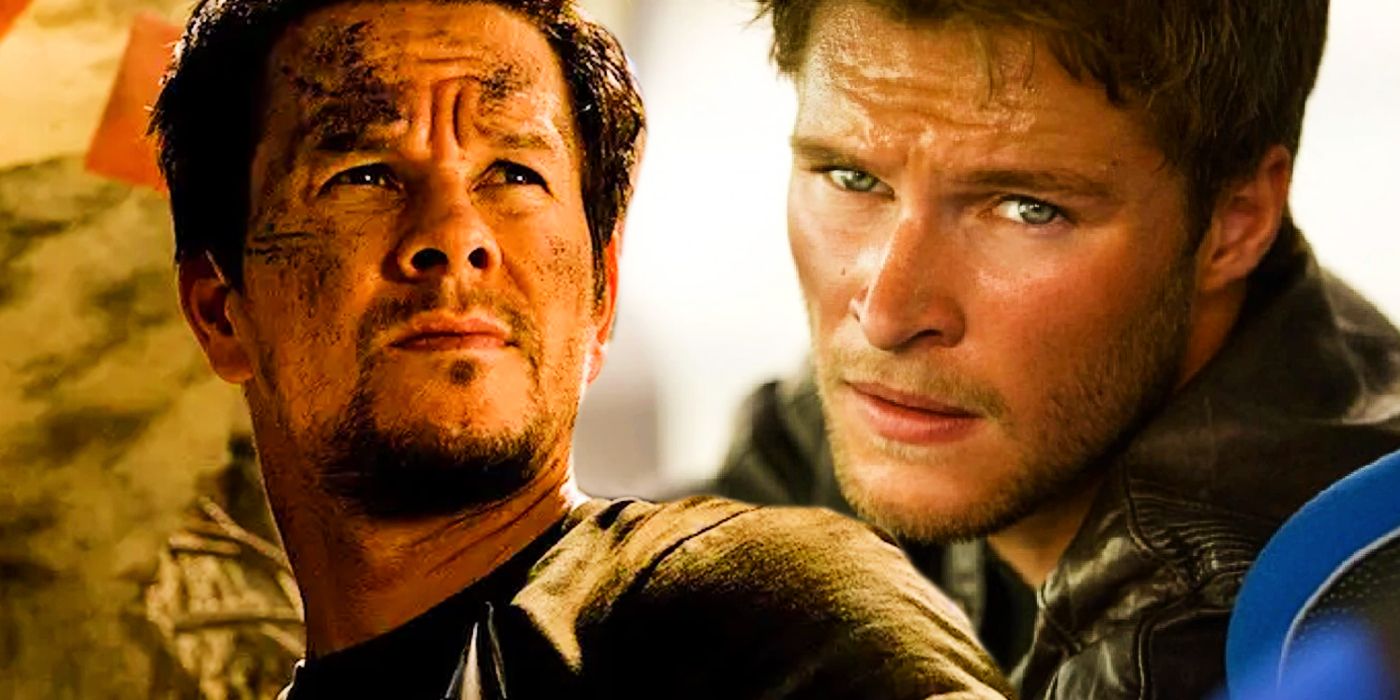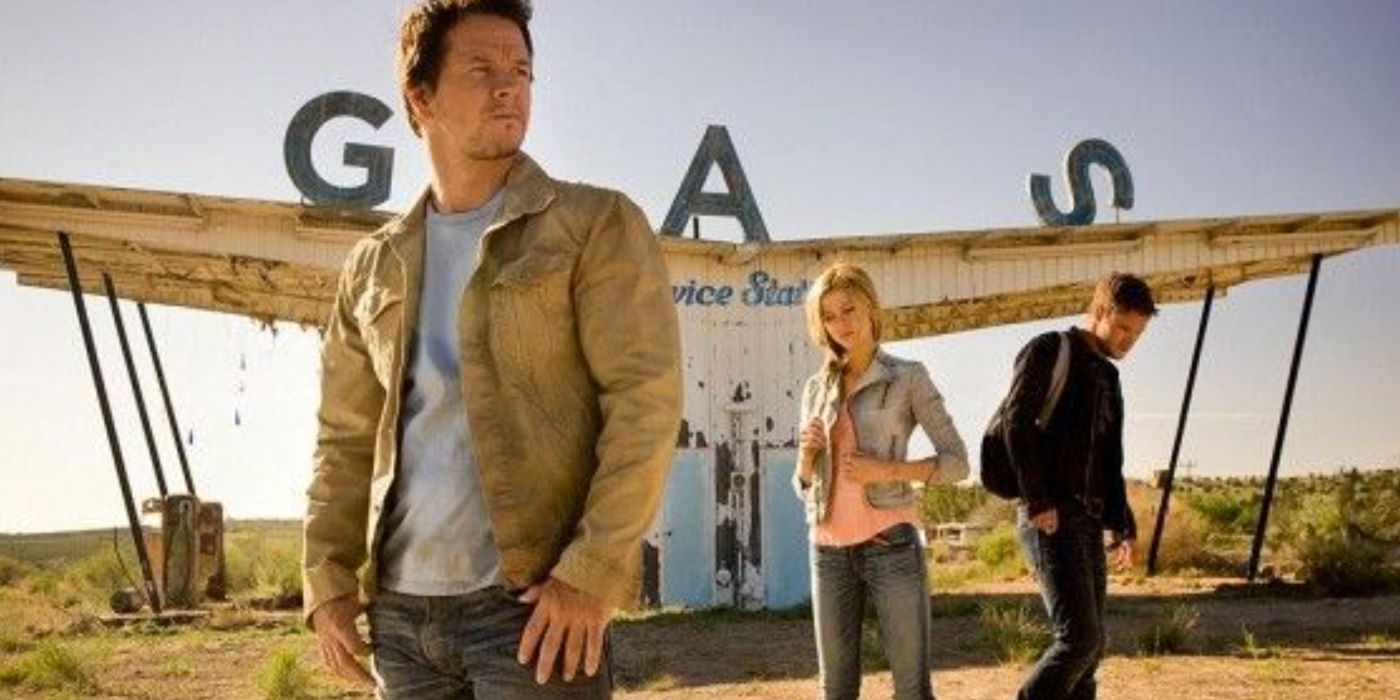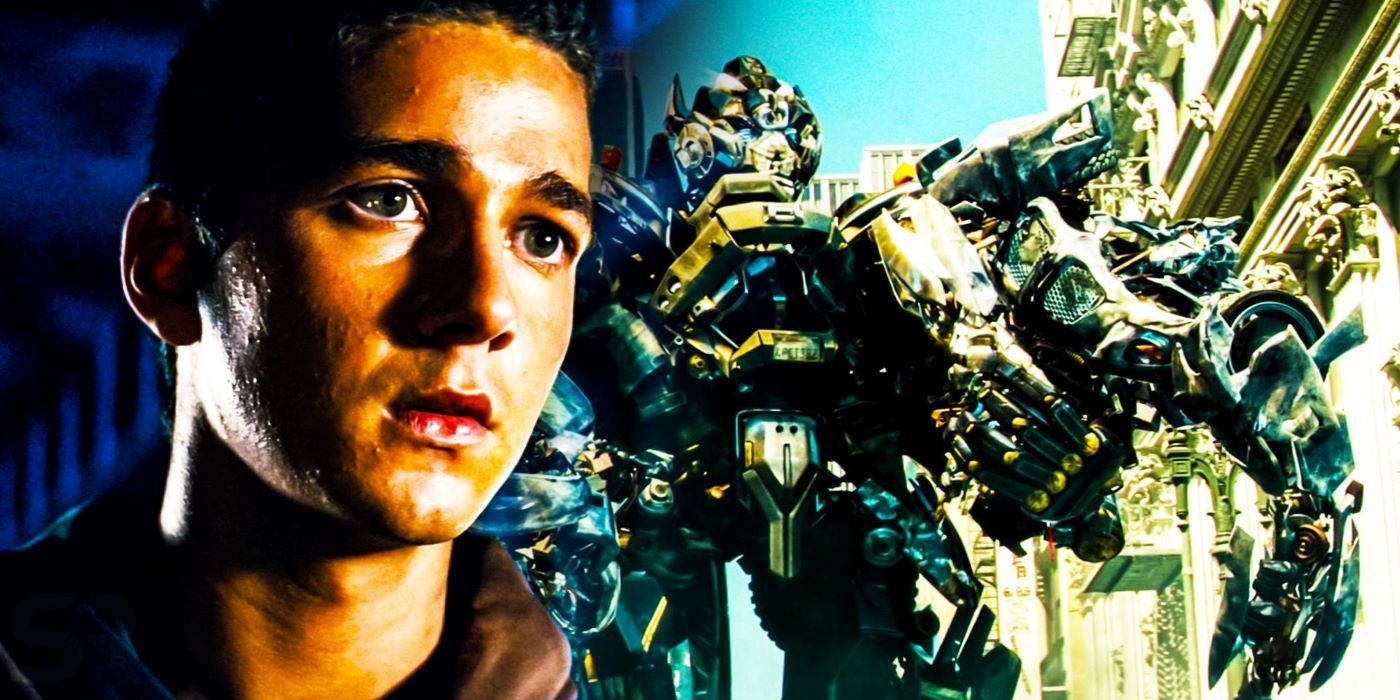The original idea for Transformers: Age of Extinction would’ve helped avoid one of the most ridiculous scenes in the film. The fourth Transformers film centered around Cade Yeager (Mark Wahlberg) and his daughter, Tessa Yeager (Nicola Peltz). But this almost wasn’t the case. Writer Ehren Kruger explained in the Transformers: Age of Extinction documentary that he originally pitched a film similar to the previous three movies, where a young teenager was the lead and not an adult. While this is a great idea, it had already been done in the previous three movies, and director Michael Bay wanted the central protagonists to be a father and daughter instead.
This led to the introduction of Cade and Tessa, with Kruger stating (via Huffpost) “it became clear the film was going to have two protagonists, with Cade and Optimus both in sort of parental roles, defending their families. It gave it a spine.” While this is all well and good and led to Optimus Prime being brought back from death, it did open the door for a particularly cringe worthy and downright disturbing scene; the now infamous Romeo & Juliet card scene.
Why Transformers 4's Romeo & Juliet Card Scene Ruins The Movie
Playing into the stereotypical father/daughter dynamic, Transformers 4 reveals that Tessa has been secretly dating Shane Dyson (Jack Reynor), an Irish rally car driver. When Cade finds out, he is rightly concerned about their age difference, with Dyson being 20 and Tessa 17. With Tessa being a minor, the relationship falls into the bracket of statutory rape. However, several states have a law to protect relationships between consenting minors and adults. This is called the Romeo and Juliet law, and Dyson proves the legality of his relationship by producing a copy of the law he worryingly carries on his person.
This particularly contrived back and forth ruins the movie and boggles the mind by its very existence. Not only does it leave the audience uncomfortable and questioning why the law exists, it is entirely unnecessary. There is absolutely no reason why Michael Bay needed to ruin his popular franchise by including the scene, bar adding conflict between the trio in the most unpalatable way. There is no plot based reason why Tessa couldn’t be dating someone her own age, and similarly no reason why she couldn’t be 18 in the film, thereby removing the need to defend an adult/minor relationship.
How Transformers 4's Original Idea Could've Made A Better Movie
A film focused on the adventures of a teenager or child would’ve retained the Spielbergian wonder that made the original so successful - and prevented the Romeo and Juliet scene outright. Spielberg was executive producer for the first Transformers film, and Michael Bay clearly used his films for inspiration. The childlike wonder depicted in seeing the transformers to the central theme of growing up counter-weighed Bay’s proclivity for bombastic action and crude humor. This carried over into the Transformers 2 movie - and into Transformers 3 - but started to dissipate from Transformers: Age of Extinction onwards. The Romeo and Juliet scene was, ultimately, the nail in the coffin.



